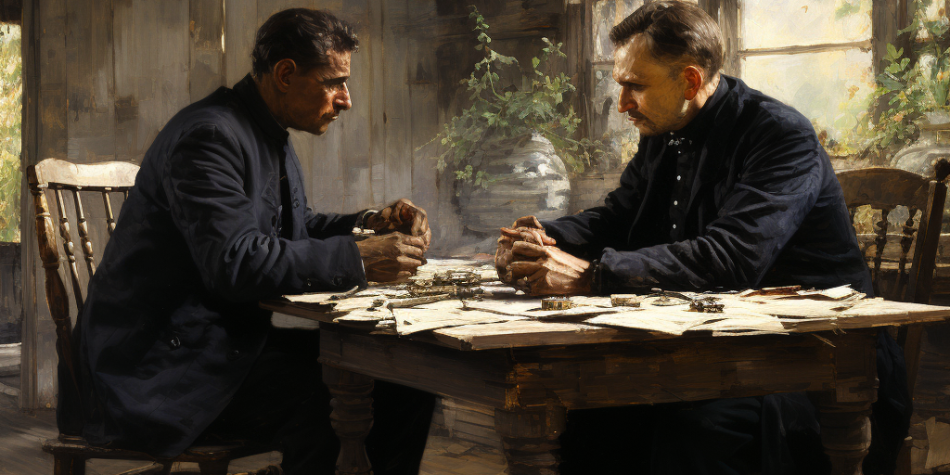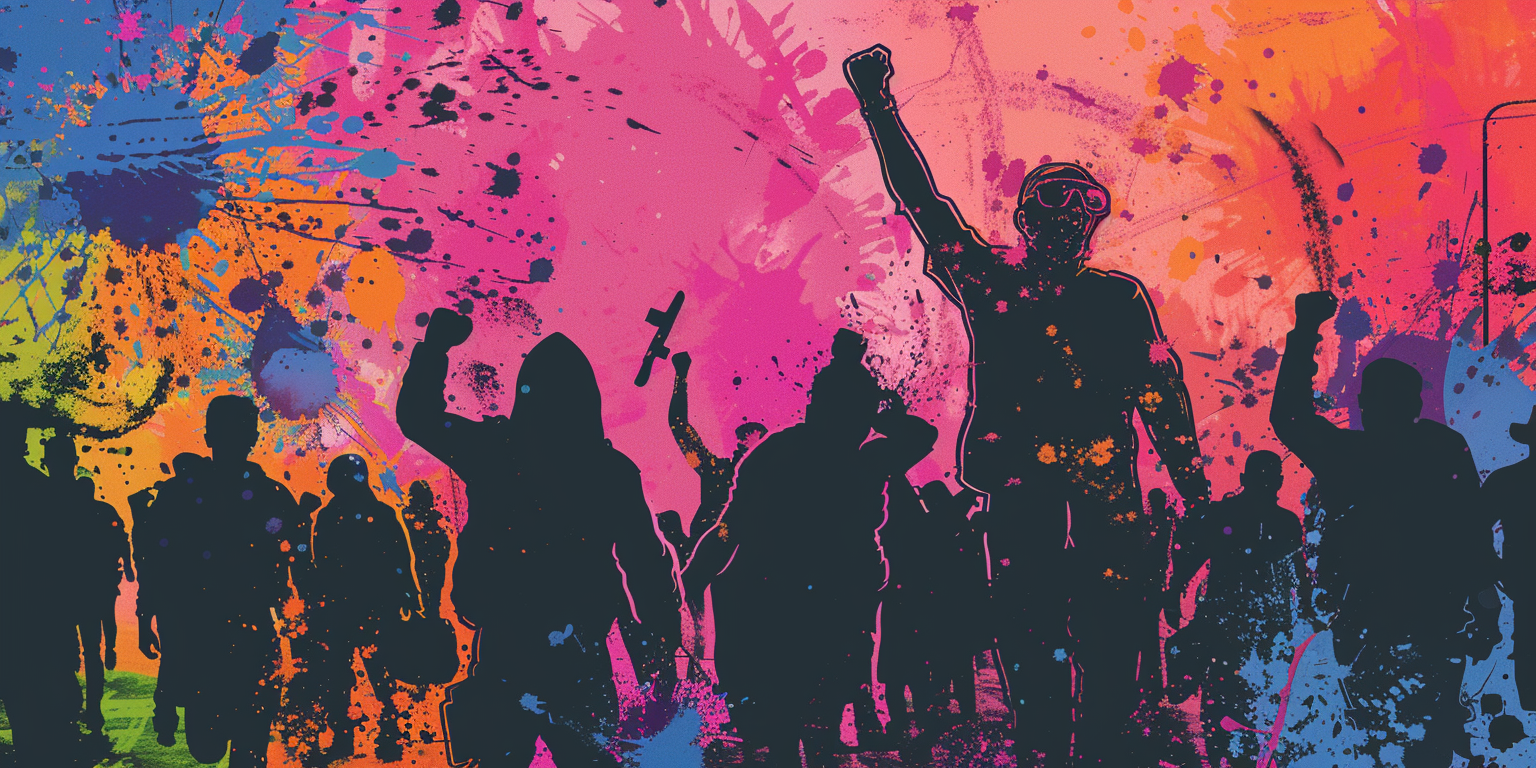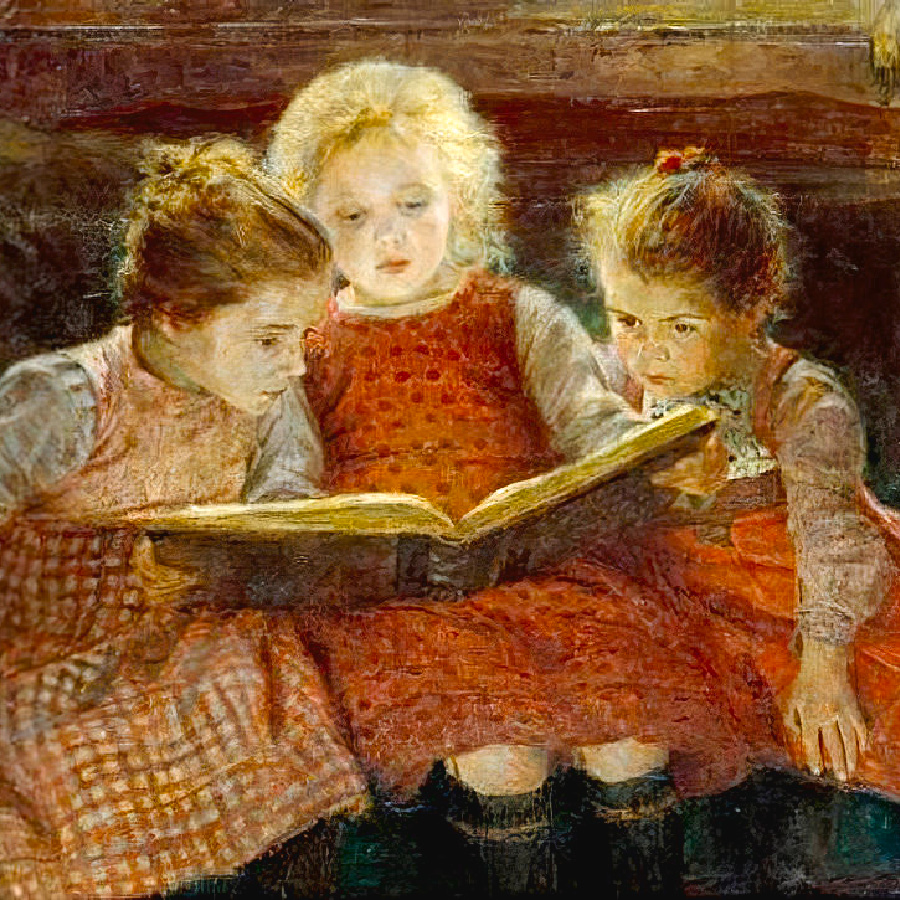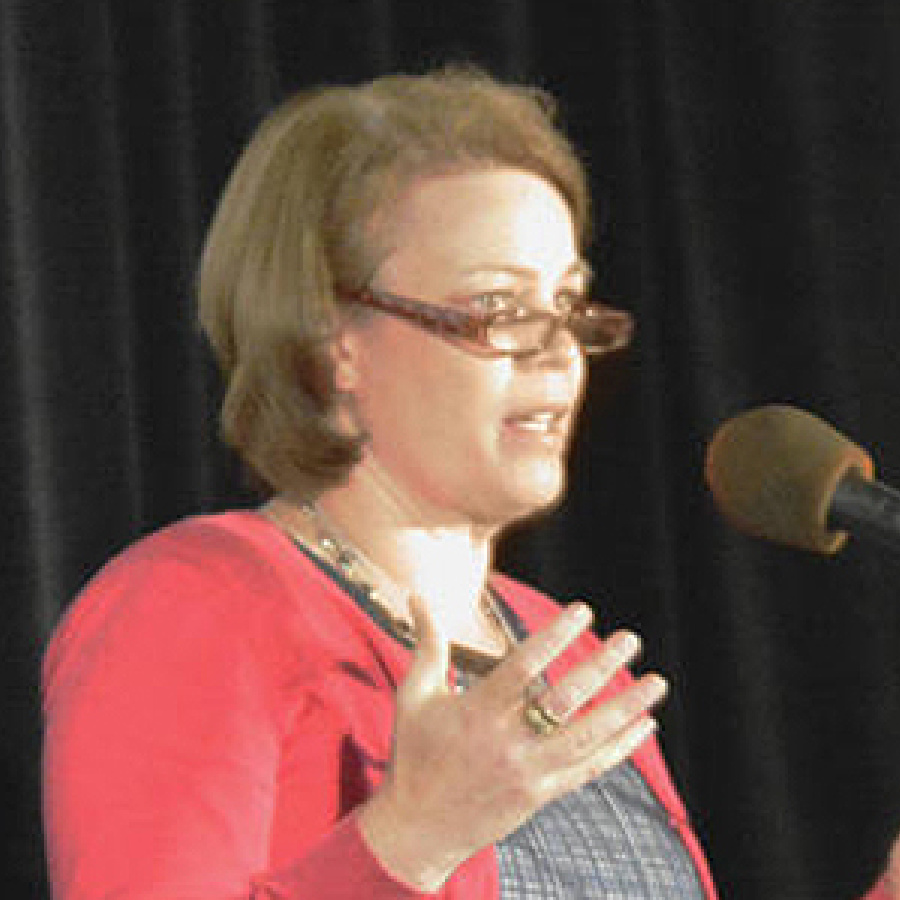In the Catholic Church’s Synod on Synodality, Latter-day Saints have an extraordinary opportunity to observe and learn from tensions that are common to many religious communities, including ours. When in 2019 President Russell M. Nelson met with Pope Francis at the Vatican, President Nelson affirmed that between Catholics and Latter-day Saints, our differences in doctrine are very real, “but they are not nearly as important as things we have in common.” Among the things we have in common are impactful joint humanitarian efforts and alignment in efforts to influence public policy around marriage, abortion, and other divinely-established moral imperatives.
But we also have in common leadership structures that have long been very hierarchical, a situation that always carries a combination of strengths and challenges. For decades, social scientists have pointed to hierarchical leadership as having the advantages of efficiency and clarity, while non-hierarchical leadership is generally thought to have the advantage of effectiveness. The notion of effectiveness is often hard to define in a concrete way, but it is commonly expressed in terms of taking into account the maximum amount of available information and enabling the maximum number of stakeholders to feel personally involved and invested in the decision. The logic goes that more information leads to decisions of higher quality, and more stakeholder involvement means that members of the organization will transition from being passive recipients to being advocates for the outcome of the decision-making process. Synods function like distributed councils, giving the Vatican a “listening ear.”
The synod is a process that speaks to the yearnings of progressive-leaning reformers, who carry a common personality trait of aversion to hierarchies in general. Synods function like distributed councils, giving the Vatican a “listening ear” to the ways God may be trying to influence the church through the experiences and insights of the lay faithful. This process carries a lot of sentimental appeal, especially in Western societies where therapeutic religion gives primacy to experiences of being horizontally seen and heard by other people, versus the value of living a life guided by an ideal of vertical alignment with God’s will.
The stated focus of the current synod is on synodality itself, asking questions about both the ecclesial validity and the practical feasibility of transitioning to a less hierarchical model of church governance. Again, in theory, the benefits of this transition would be found in the inclusion of more voices in decision-making, leading to better decisions. In practice, however, what may have been intended to be an exercise in “listening” and inclusion has morphed into something resembling reality TV. Factions have emerged in debates over the Synod, with campaigning and public messaging designed to sway the thinking of participants and observers. There has been a proliferation of online gossip over Synod attendees, with speculation over their influence in steering the future of Catholicism. The idea of schism, normally thought to be an extreme possibility, is being invoked ever more frequently in Catholic commentary.
A notion that animates the synodal process—that God’s purposes are visible in the actions of humanity—is a long-standing Catholic teaching. As early as the 6th century, St Gregory the Great taught the principle viva lectio est vita bonorum: the life of a saintly person is a living manifestation of the word of God. This is a lofty principle, and as with many lofty principles, the devil emerges in the details of its implementation. Any honest synodality will acknowledge that in a Western religious climate where saintliness has become redefined in intersectional terms and sexual perversion is openly celebrated in terms like “sacred” and “holy,” church pews are as much a deadly spiritual minefield as they are a revelatory guide to God’s purposes in the world. Exercises framed in terms of “listening” can become a vehicle for introducing and then embracing spiritual poison.
And this speaks to the core of conservative and traditionalist objections to the synodal process that is underway. Yes, it’s possible to frame the synod on synodality in terms of sketching out a transition to more distributed church governance, a move from hierarchical governance that is efficient to a more “empathetic” and “inclusive” form of governance that is more effective. But conservative and traditionalist Catholics are seeing a fundamental dishonesty in the process, decrying what they perceive as a unilateral exercise of papal authority to structure the synod to amplify a particular subset of stakeholder voices that are neutral or agnostic on questions of both sin and church authority. For some American Catholics in particular, Pope Francis’ regular disparagement of American Catholicism is seen as an ominous indicator of his ultimate designs for synodality as a means of reducing the influence of those in the church he views as standing in the way of progress.
When social scientists promote pluralistic and inclusive decision-making as holding the advantage of effectiveness, it is important to temper this insight with the realistic view that empathetic inclusion needs to be principled or it will become a destructive force. Conservative and traditionalist Catholics lament that Pope Francis seems to be guided by a particularly focused empathy for the kinds of people whose approach to faith has decimated wide swathes of Catholicism and all of mainline protestant Christianity.
For Latter-day Saints, there are lessons to learn from the present Catholic experience. In our own hierarchical religious system, interpretation of scripture, promulgation of doctrine, and development of policy are all top-down processes flowing from church headquarters in Salt Lake City. Bristling against this system, numerous individuals and groups have splintered and developed Latter-day Saint equivalents to heretical sedevacantism and also what we might call a more pervasive “functional sedevacantism” we observe in numerous Catholic factions and offshoot groups. Our own recent pace of change has been such that any Latter-day Saint over thirty probably carries some nostalgia for the way things used to be. Even among believing Latter-day Saints who sustain our church leadership, there are constant calls for more transparency and more awareness at church headquarters of the lived realities in our local congregations. There are no solutions, only tradeoffs.
As Latter-day Saints and others observe the Catholic experience, we are presented in the Synod a choice of whether to adopt the perspective of some of the more ugly online commentary. But we would do well to apply the golden rule and not play along. Our differences in doctrine do not relieve us of the obligation to view our Catholic friends with sympathy as they navigate a very challenging point in their history. And whatever else is happening in Catholicism, our collaborations with Catholic organizations in humanitarian and other efforts point to the validity of Gregory the Great’s profound observation: in so many of our Catholic friends, we do indeed see goodness and holiness that manifest the word of God. As we consider the religion of our Catholic friends, we would do well to focus relentlessly on Catholicism’s best, people who demonstrate the profound love of God and neighbor that many Catholics have developed by living the best principles in that tradition.
















